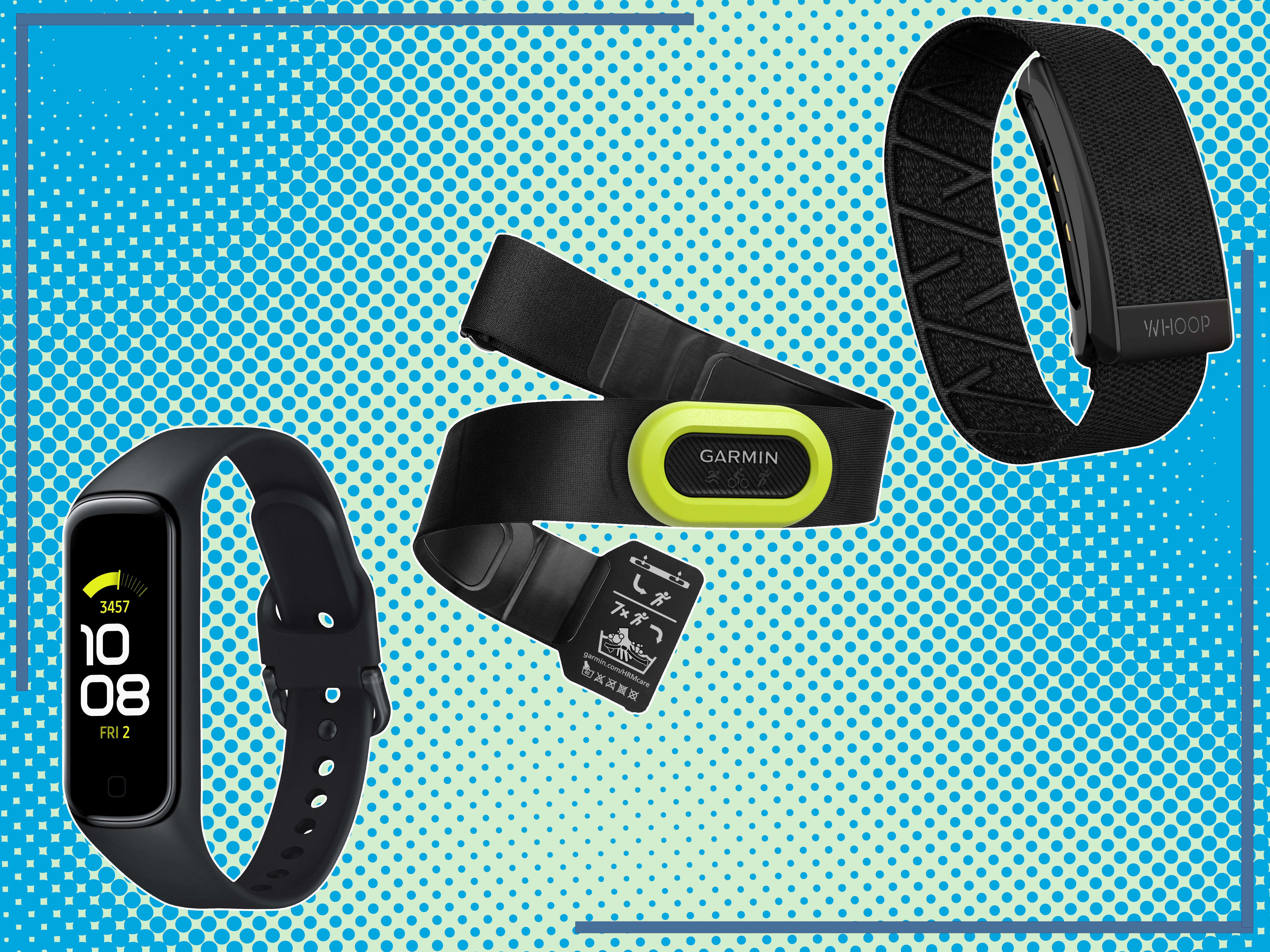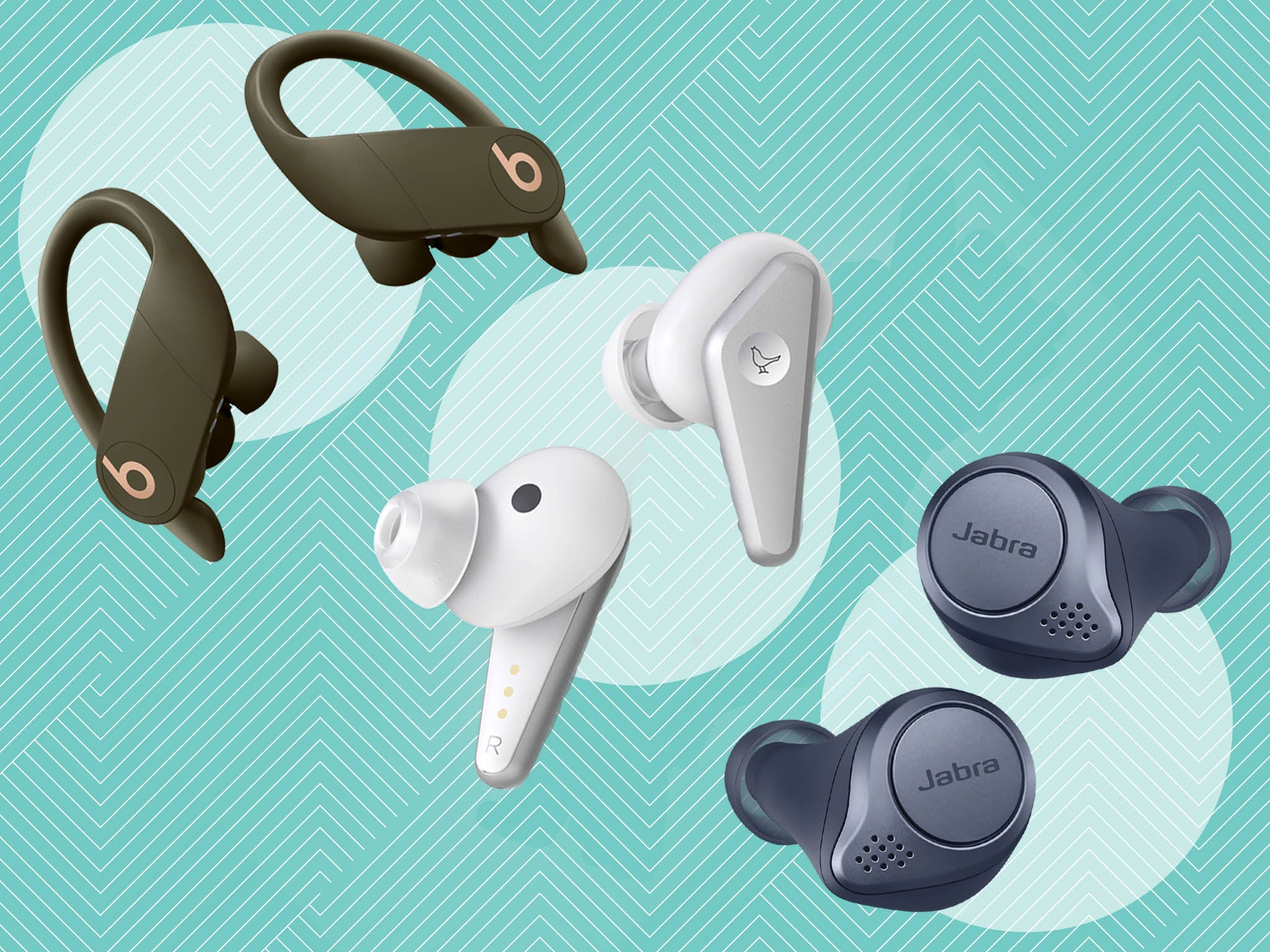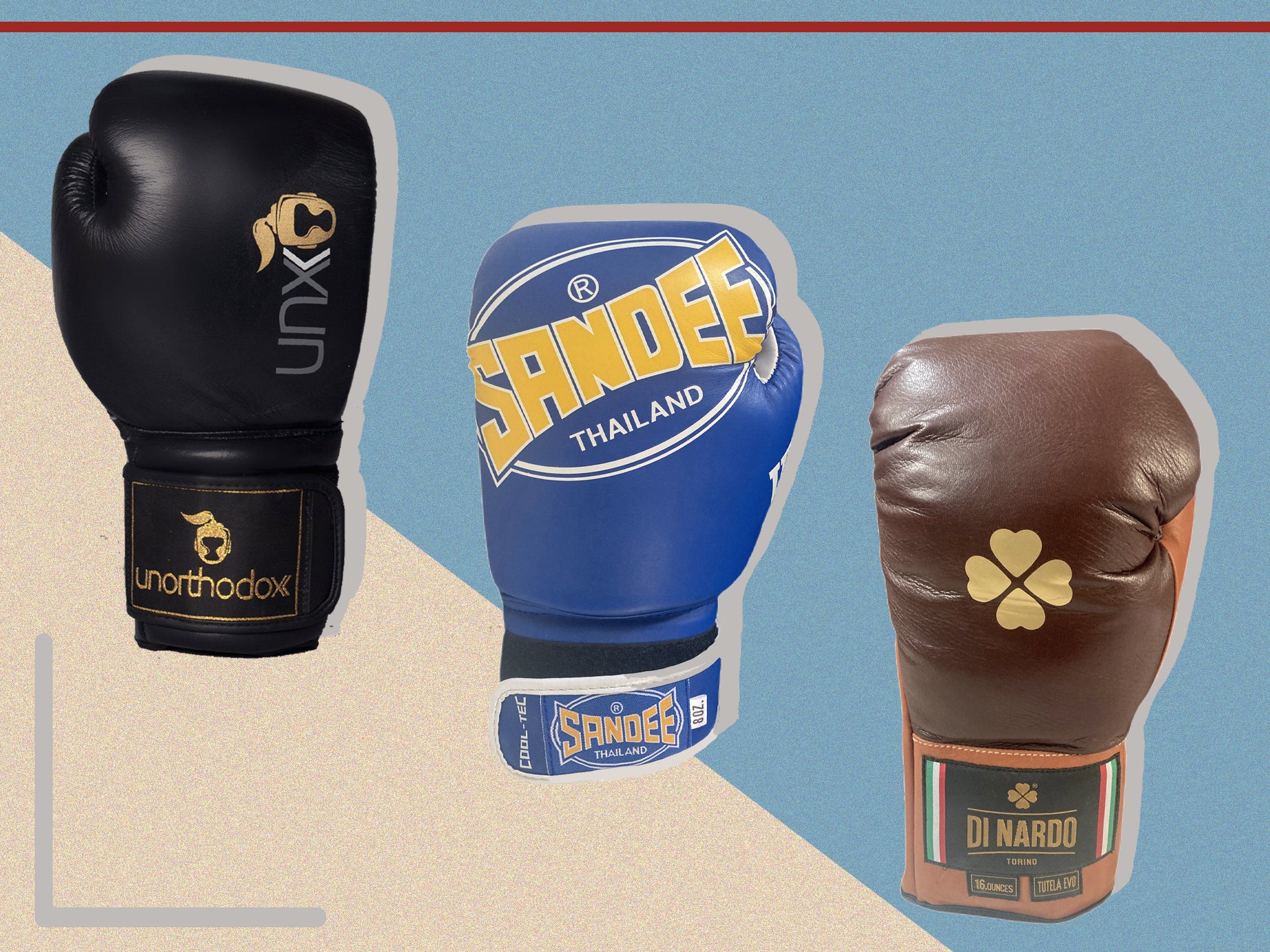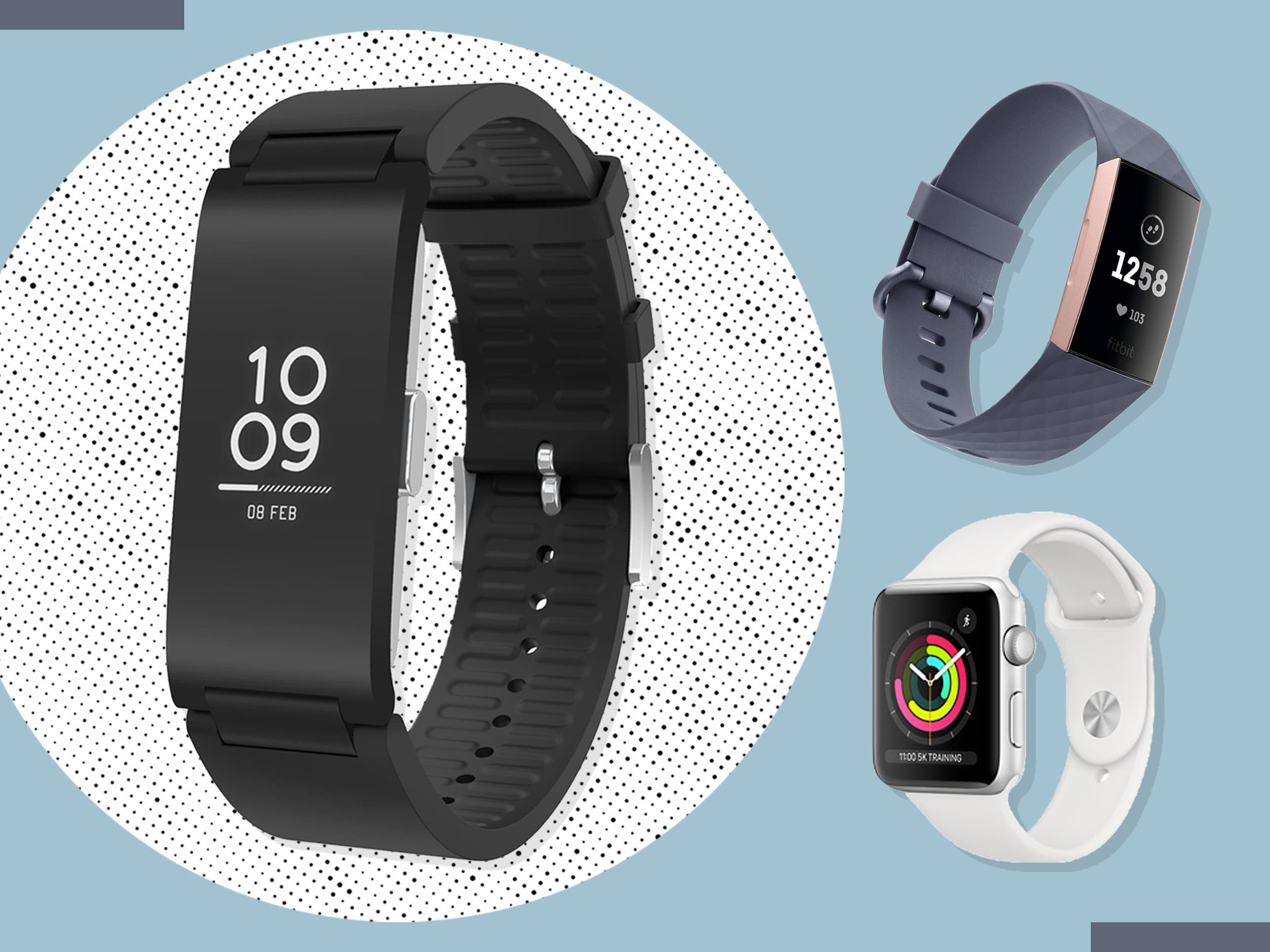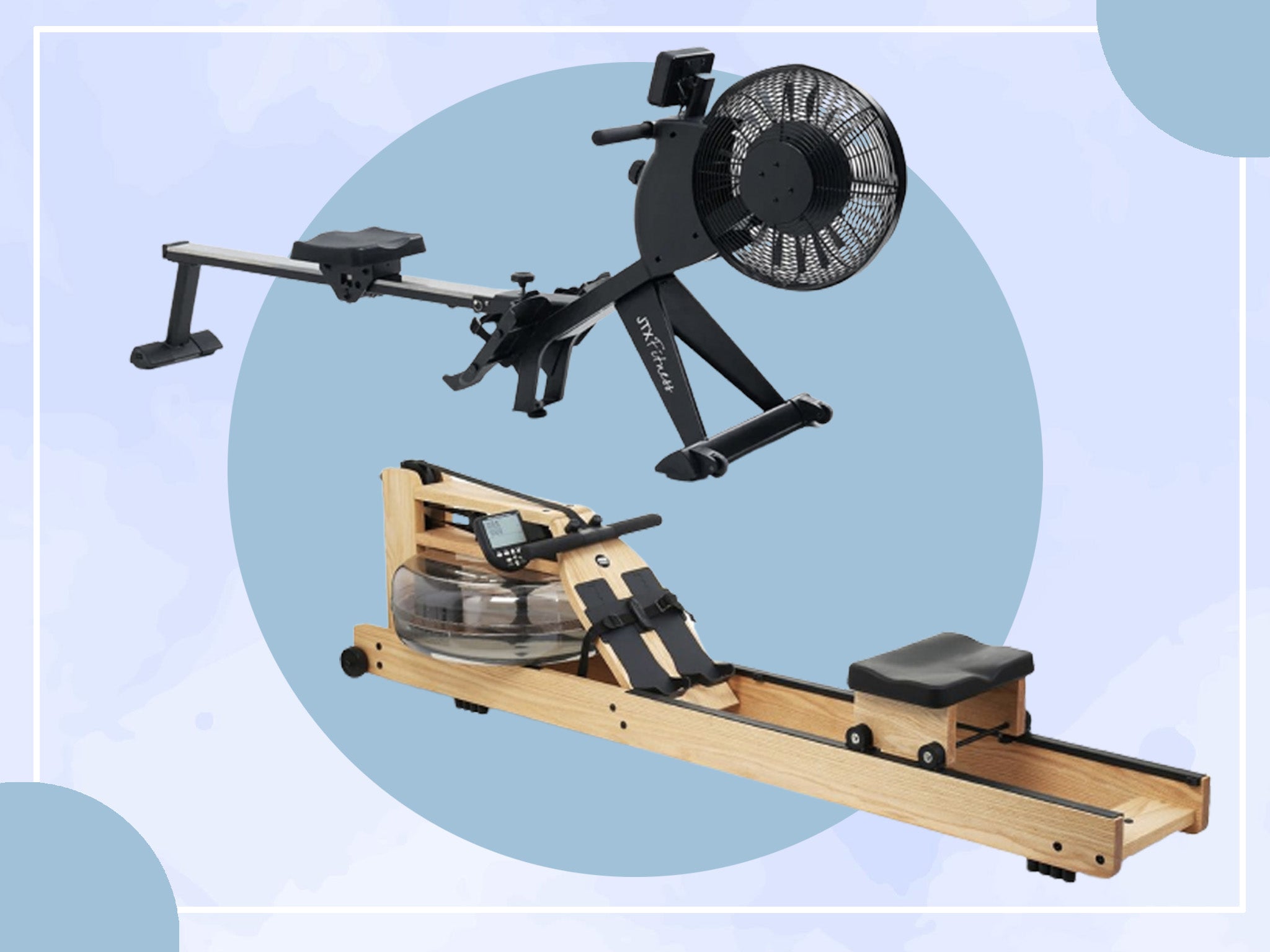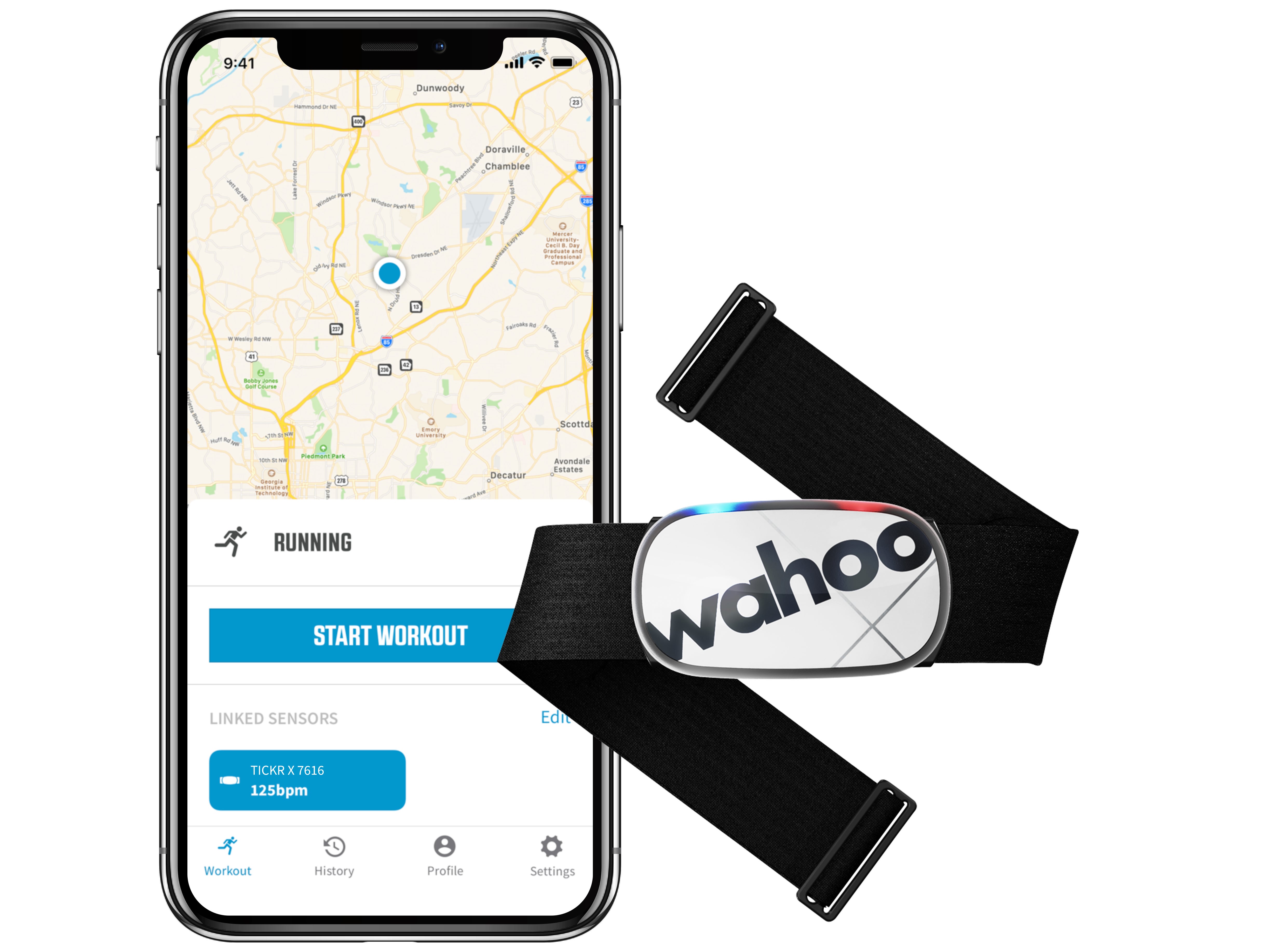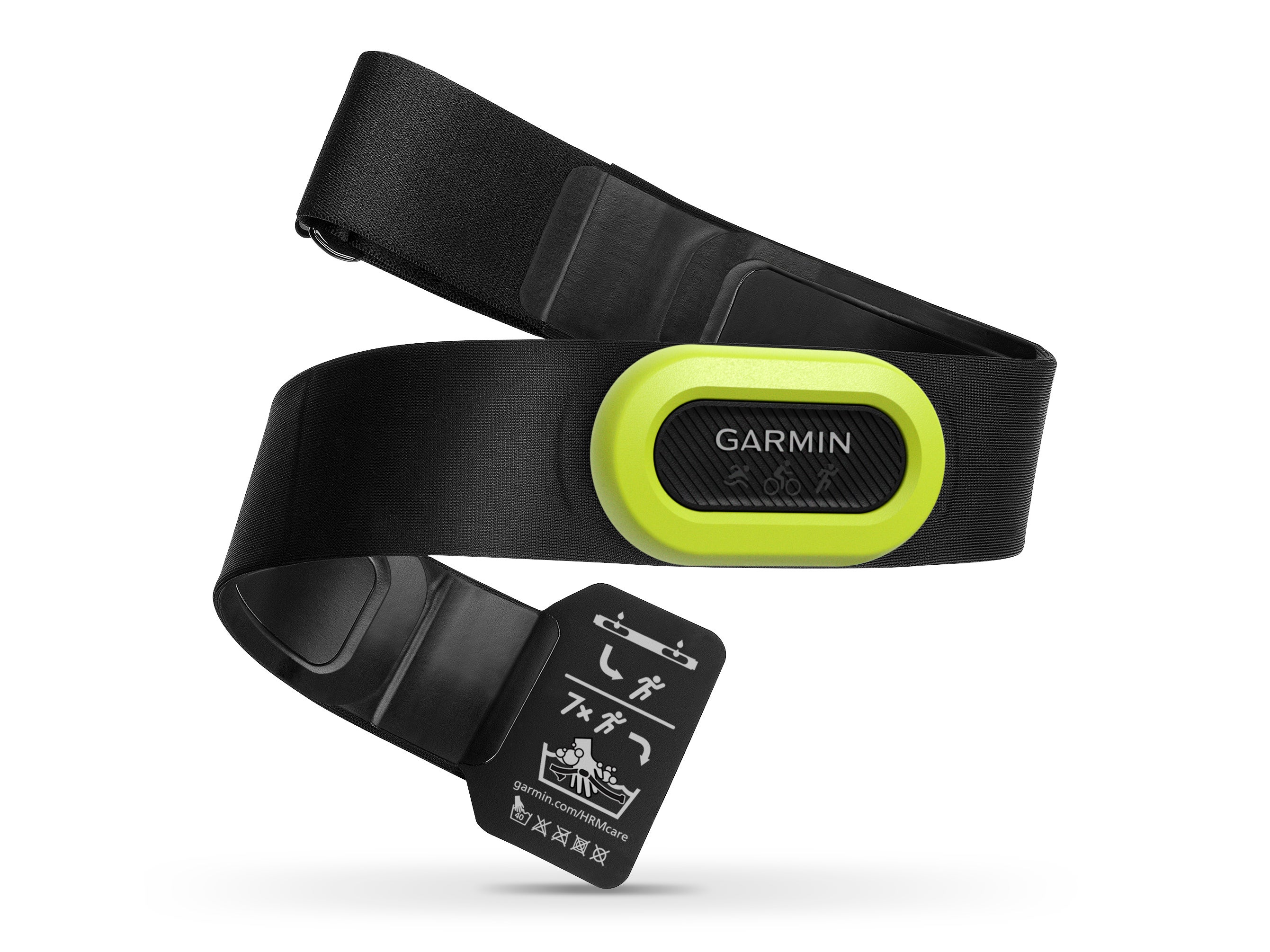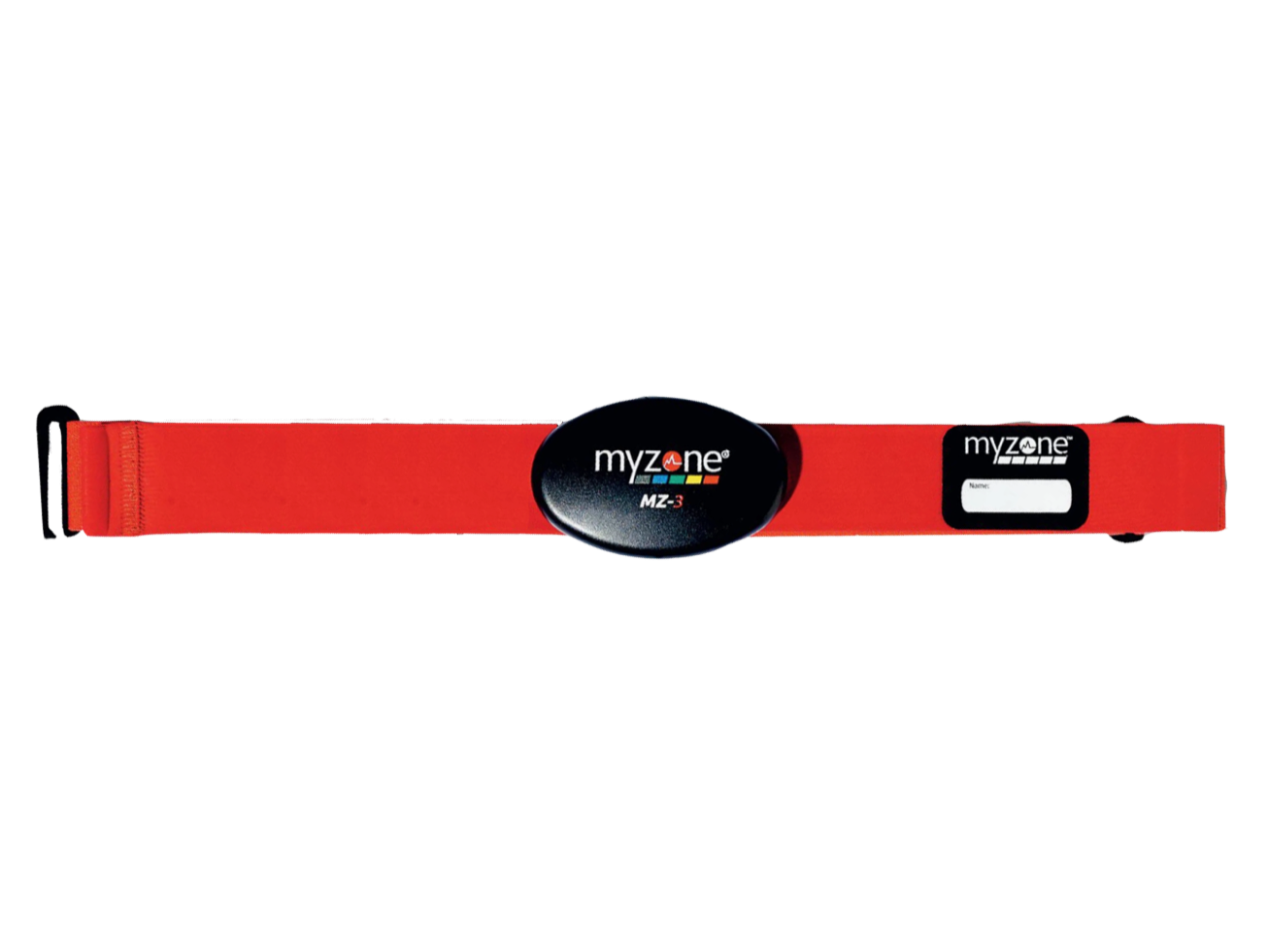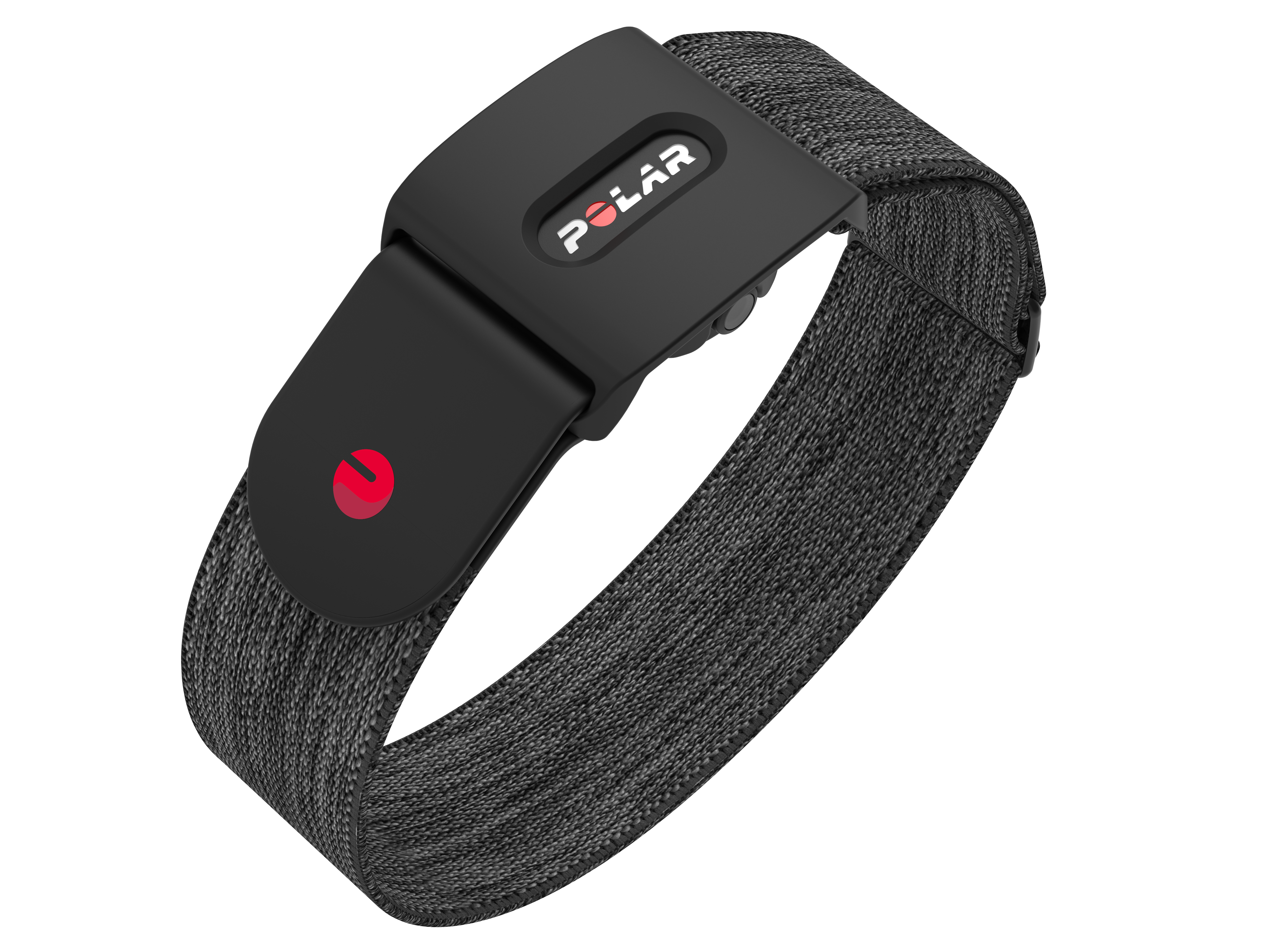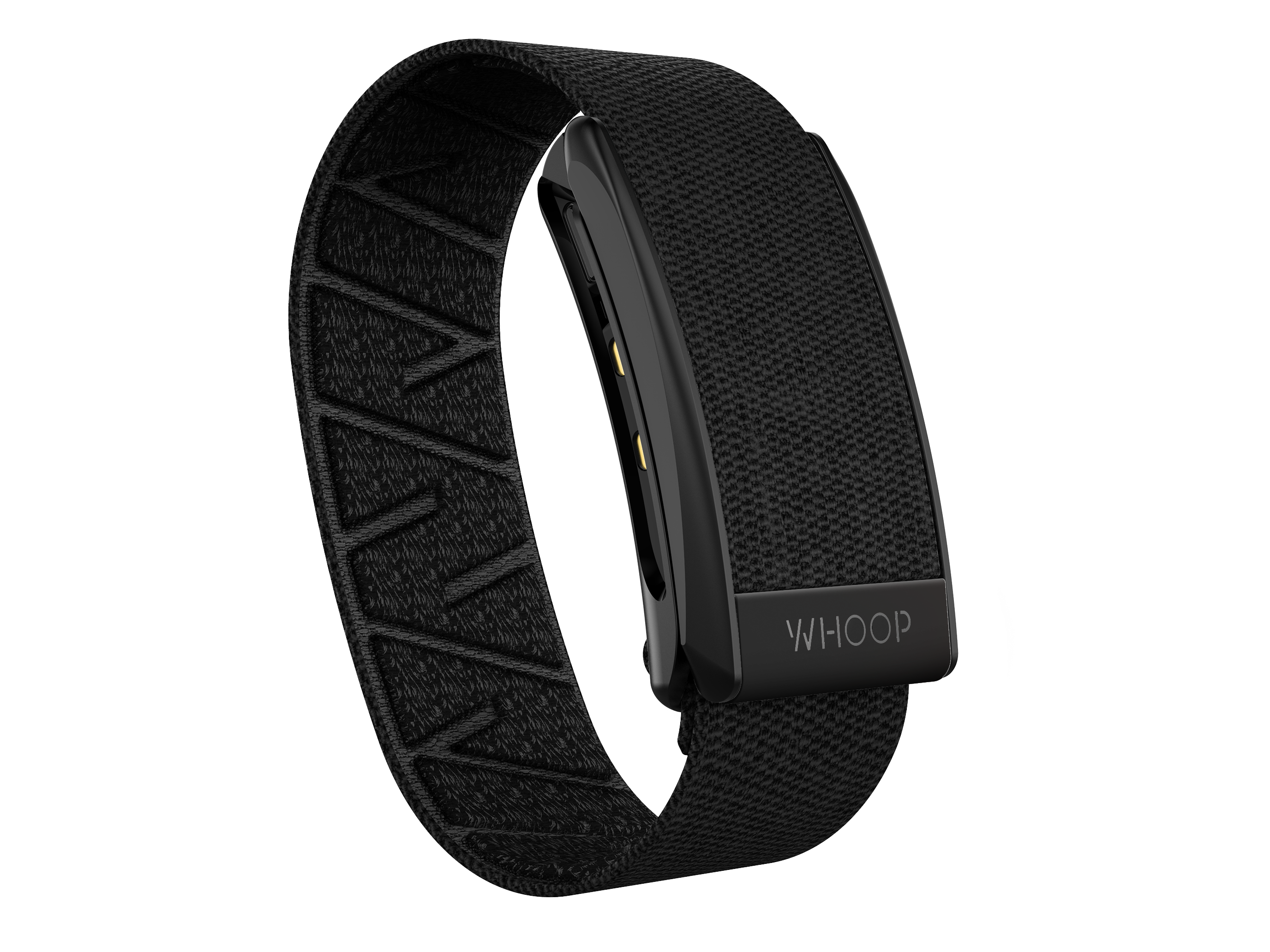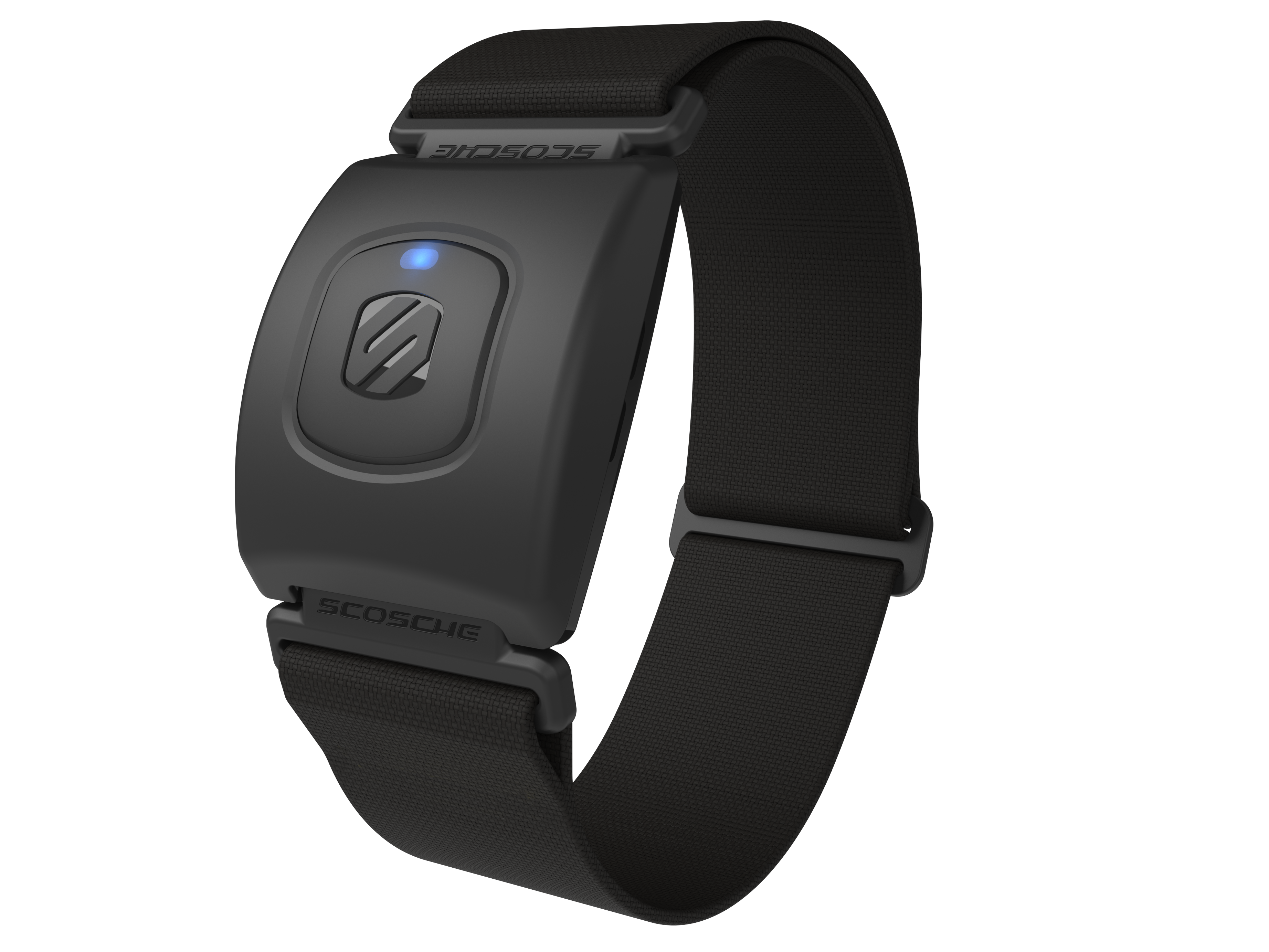Dual ANT+/Bluetooth Smart runner’s heart rate monitor belt
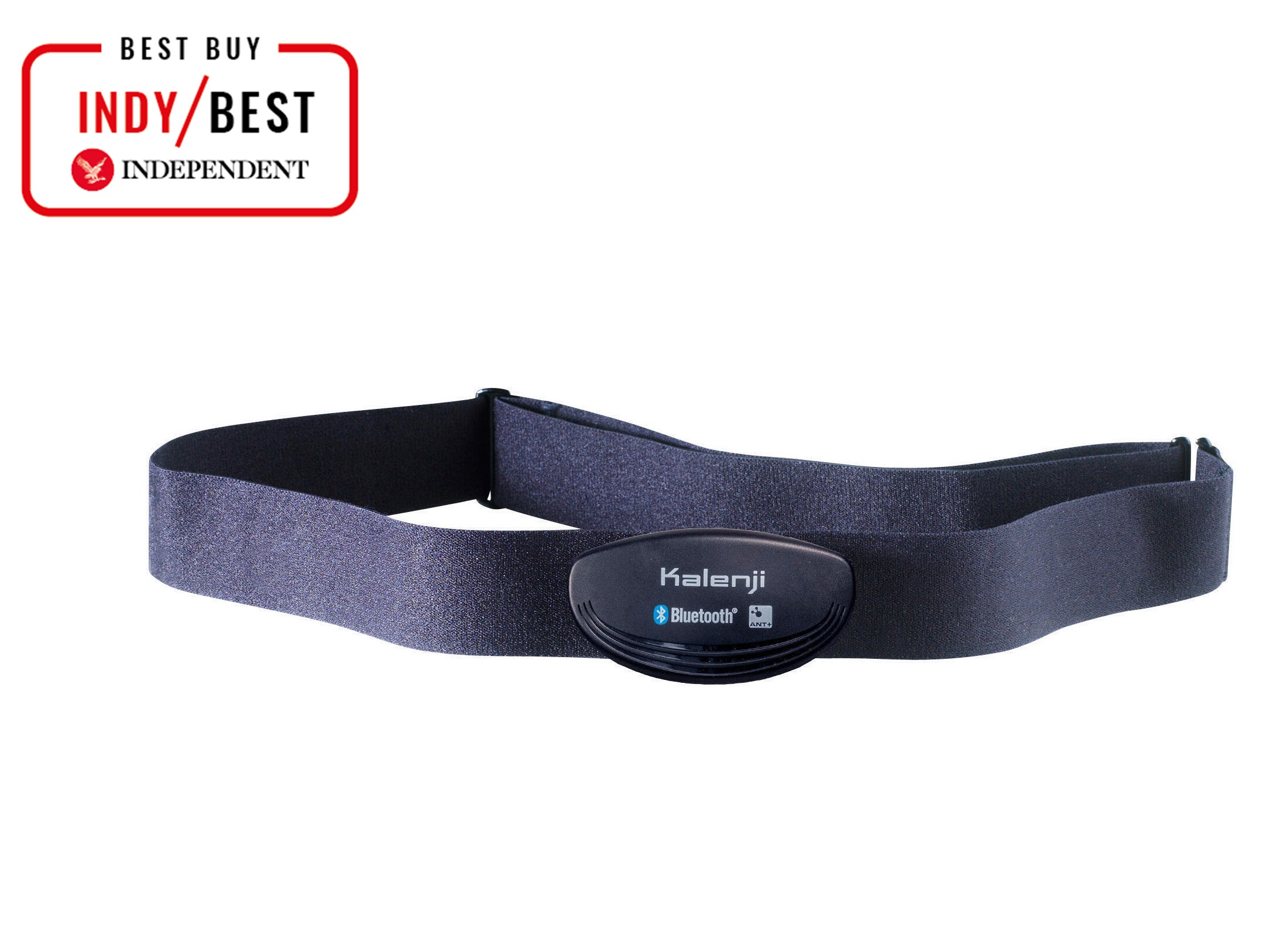
Catchy name, right? OK, perhaps not, but as we’ve come to expect from Decathlon, it does exactly what it says on the tin, for an incredible price. We tested this chest strap extensively on an indoor cycling app and didn’t get a single data dropout – and it worked just as well while running outside. To get going, you simply step into the strap and pull it up to your chest before clipping on the unit, which connects almost instantly. There are no buttons but it “wakes up” when you clip it to your chest. It is sweat-proof, so will be fine if you’re swimming in perspiration on the treadmill, but maybe avoid taking it in the pool. There’s no posh app to go with it, and it has no capacity to store a workout to upload later, so you’ll need to link it to a device – like a watch or an app. But for most people, that is exactly what they intend to do anyway. This lacks some of the high-end features of the more premium products, but for 99 per cent of people using heart rate monitors, it will perform exactly as they want it to – and for less than £30, it’s an absolute no-brainer if value is also one of your key considerations. We’ll be using it again and again.
